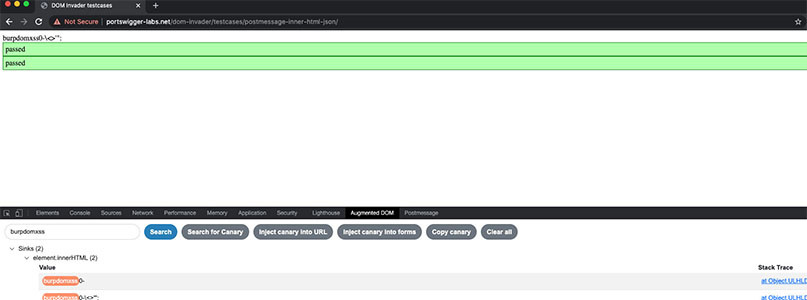

This is far more efficient than an exhaustive brute-force attack, but relies on the user's password being present in your list, which may not always be the case. One approach for brute-forcing passwords is to use a list of potential passwords, usually collated from previous data breaches. For the examples below, you can assume that the username wiener is valid.įor details on how to brute-force both the username and password in a single attack, see Brute-forcing a login with Burp Suite. For example, you can potentially enumerate a list of usernames using Burp. Identify one or more valid usernames for the target website. For some ideas on how to do this, see the Authentication topic on the Web Security Academy. To run these attacks on real websites, you usually need to also bypass defenses such as rate limiting. The examples below are simplified to demonstrate how to use the relevant features of Burp Suite. Managing application logins using the configuration library.Spoofing your IP address using Burp Proxy match and replace.Testing for reflected XSS using Burp Repeater.Viewing requests sent by Burp extensions using Logger.
 Resending individual requests with Burp Repeater. Augmenting manual testing using Burp Scanner. Intercepting HTTP requests and responses. Viewing requests sent by Burp extensions. Testing for SQL injection vulnerabilities. Testing for parameter-based access control. Identifying which parts of a token impact the response. HTTP Request to JavaScript Converter: It converts HTTP requests to JavaScript code to be useful for further XSS exploitation and more.Search Professional and Community Edition.
Resending individual requests with Burp Repeater. Augmenting manual testing using Burp Scanner. Intercepting HTTP requests and responses. Viewing requests sent by Burp extensions. Testing for SQL injection vulnerabilities. Testing for parameter-based access control. Identifying which parts of a token impact the response. HTTP Request to JavaScript Converter: It converts HTTP requests to JavaScript code to be useful for further XSS exploitation and more.Search Professional and Community Edition. 
 Authorization Matrix: It creates an access role matrix based on user sessions and URL lists to determine authorization/authentication related access violation issues. SQL Injection: It creates Stacked Queries, Boolean-Based, Union-Based, Time-Based and Order-Based SQL Injection wordlist for various databases to help finding vulnerable spots. Command Injection / Remote Code Execution: It creates command dictionary lists for both unix and windows environments with different combinations. Local File Inclusion, Directory Traversal: It creates file dictionary lists with various encoding and escaping characters. Payload Generator: It creates payloads/wordlists for different attack types. Additionally, it converts HTTP requests to JavaScript to help dig up XSS issues. It also draws attention to user session and URL relationships, which makes it easy to find user access violations. Agartha creates run-time, systematic and vendor-neutral payloads with many different possibilities and bypassing methods. Agartha creates dynamic payload lists and user access matrix to reveal injection flaws and authentication/authorization issues.
Authorization Matrix: It creates an access role matrix based on user sessions and URL lists to determine authorization/authentication related access violation issues. SQL Injection: It creates Stacked Queries, Boolean-Based, Union-Based, Time-Based and Order-Based SQL Injection wordlist for various databases to help finding vulnerable spots. Command Injection / Remote Code Execution: It creates command dictionary lists for both unix and windows environments with different combinations. Local File Inclusion, Directory Traversal: It creates file dictionary lists with various encoding and escaping characters. Payload Generator: It creates payloads/wordlists for different attack types. Additionally, it converts HTTP requests to JavaScript to help dig up XSS issues. It also draws attention to user session and URL relationships, which makes it easy to find user access violations. Agartha creates run-time, systematic and vendor-neutral payloads with many different possibilities and bypassing methods. Agartha creates dynamic payload lists and user access matrix to reveal injection flaws and authentication/authorization issues.








 0 kommentar(er)
0 kommentar(er)
